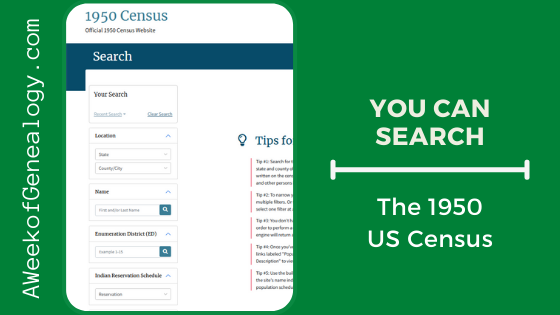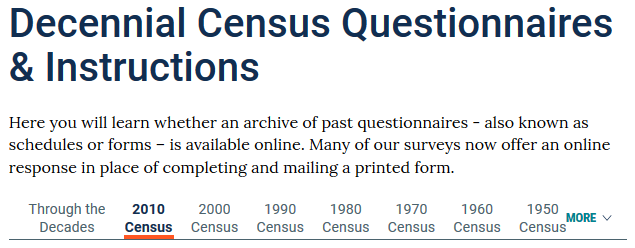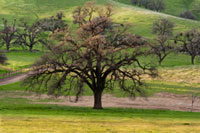You can search the 1950 US Census!

Searching the 1950 US Census will be an awkward and cumbersome search until every field is indexed. But you can give it a try.
Be sure you to navigate to the search page: https://1950census.archives.gov/search

The search has limited features that include: name, state, county and enumeration district. You do not have to enter search terms any field. For example, you can leave the county or the enumeration district blank.

If you cannot see the population schedule sheet for the search result on the right, click on “Population Schedule” to see the actual census sheet.
Of course I had better luck in small towns with families having unique names. Just as in any census, try to search for unusual family names. I have even had some success searching boroughs of New York City.
How about a quick hands-on exercise to find a name on the census? I have a simple example using my favorite poet, Ogden Nash.
Name: Frederick Ogden Nash
State: Maryland

The first result on the right-hand side, listed Odgen Nash (rather than Frederick Ogden Nash) and showed him with his wife Frances, and his children Linell and Isabel. Note: this result came up without entering a county or enumeration district.

On the bottom of each search result is the “Machine Learning (AI) Extracted Names” section that can help by showing you the names that appear on the same census sheet. The AI-generated indexing was surprising to me because it does try to offer alternate spellings of names.

To download the sheet, click on the three dots that appear under “Help Us To Transcribe Names” to see the option to download the sheet.

Only the first entry is expanded. If your family member is in one of the other entries, click on “Population Schedule” to see the actual page of the census.

And the population schedule for that result will expand. (Only one population schedule sheet will appear in the results on the right at one time.)

I have posted a short video on our YouTube channel with the example search in action at: https://youtu.be/rLgq2nqNmbA
Let me know how you do.
This blog post is copyright ©2022 by Margaret M. McMahon, Teaching & Training Co., LLC. All rights reserved. No part of this post may be reproduced in any manner whatsoever without written permission, except in the case of brief quotations in articles and reviews. All copyrights and trademarks mentioned herein are the possession of their respective owners and the author makes no claims of ownership by mention of the products that contain these marks.











